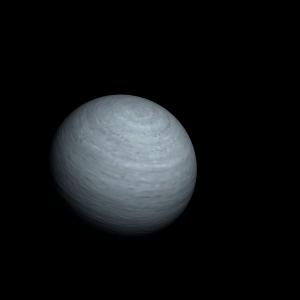|
|
Space Astro
|
Info for exoplanet "Cormaluq Pho"
| Scientific (actual) data |
|---|
| Name | Kepler-97 Ac |
| Planet status | Confirmed |
| Planet mass | 1.08 |
| Orbital period | 789 |
| Discovered | 2014 |
| Updated | 2025-02-25 |
| K | 25 |
| Publication | Published in a refereed paper |
| Detection type | Radial Velocity |
| Alternate names | 2MASS J19091838+4840243 c, K00292.10, KIC 11075737 c, KOI-292 c, KOI-292.10, WISE J190918.37+484024.1 c |
| Star name | Kepler-97 A |
| Right ascension | 287.33° |
| Declination | 48.67° |
| Mag j | 11.744 |
| Mag h | 11.408 |
| Mag k | 11.3 |
| Star distance | 405.58 |
| Star metallicity | -0.2 |
| Star mass | 0.94 |
| Star radius | 0.98 |
| Star sp type | G0V |
| Star age | 8.42 |
| Star temperature | 5779 |
| Star alternate names | KOI-292, 2MASS J19091838+4840243, KIC 11075737, WISE J190918.37+484024.1 |
| Wikipedia article | Kepler-97 Ac |
Back
| |
| Fictional info (?) |
|---|
| Suggested name | Cormaluq Pho |
| Planet type | Cold gas giant |
| The smooth Borealis basin in the northern hemisphere covers 33 percent of the planet and may be a giant impact feature.
One of this planet's moons is entirely full of odd yet poisonous herbivores known as "Himedeia-rhea". They feed in the jungle while eating something called Cakefen. Most of them are somewhat similar to the Sponko Desar but have 2 legs and vary in size from 50 to 80 mm. Most Himedeia-rhea are able to live at temperatures from -40 to 10°C and severe infection. |
| Estimated population | 17000000000 |
| Atmosphere | Oxygen | 55% |
| Methane | 32% |
| Water | 13% |
| Carbon dioxide | 0.0094% |
| Atmospheric pressure | 9 bar |
 |
| Moon | Dyshyr | Medium-sized round ice asteroid |
| Google search for Cormaluq pho |
|
Website by Joachim Michaelis
|
|
|
|